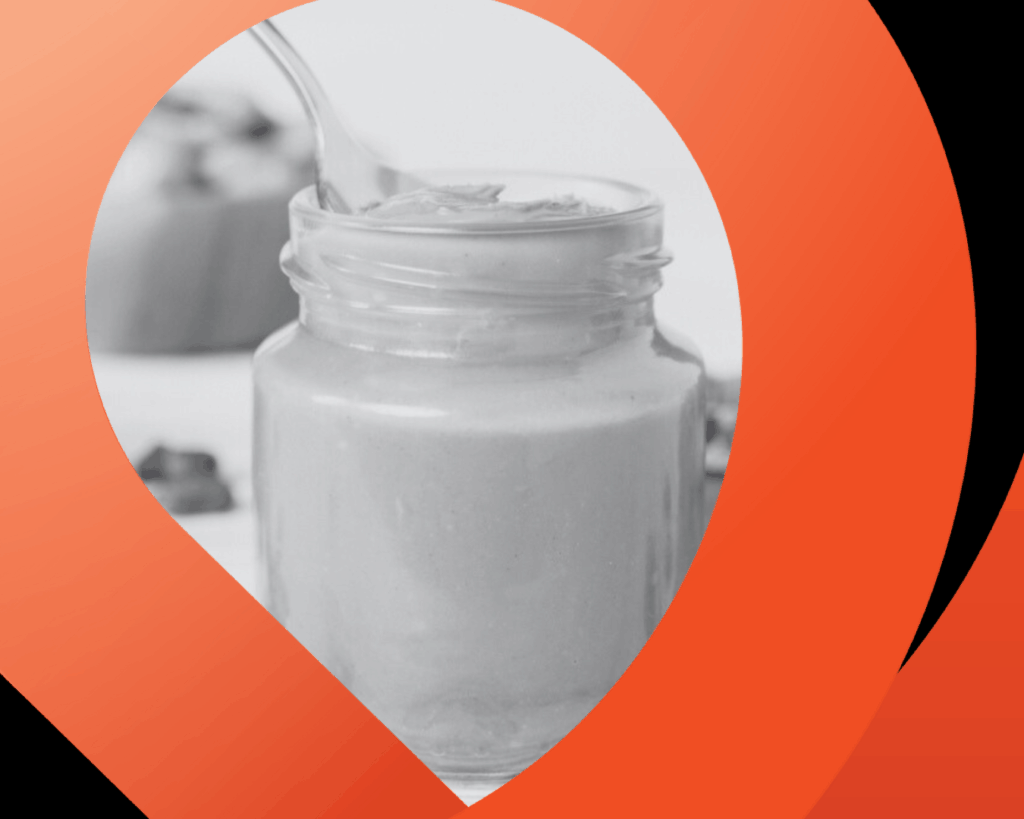Peanut Butter: Rising from the Ashes Like a Phoenix

Did you ever hear the phrase “what’s old is new again”? It points out that sometimes new innovations and ideas are simply reformatted or at least based upon something that is already around. This is true for food, and especially snacks. Snacking in general was once under heavy scrutiny, but it, (as well as the foods we use) is being re-examined — with some making a comeback.
It makes me think about the humble crock pot. It burst onto the scene over 40 years ago, and has for the most part maintained its relevancy. Innovation in small kitchen appliances (like the Instant Pot and Air Fryer) hindered the crock pot’s status among home cooks. But since the pandemic, it is rising like a phoenix from the ashes and becoming an integral tool in younger generations’ kitchens.
Much like the crockpot, the tide seems to be turning for good ole PB. Once a long-time staple like bread, milk, and cereal, it fell out of favor due to concerns about being high in fats and calories. In a world of restrictive diets, it was vilified and removed from consideration. New “healthier” spreads took its place with a variety of nut butters and even ones made from sunflowers. These too were also used sparingly due to similar complaints.
There’s a plot twist in the story of peanut butter. We’ve seen a 24% rise in organic peer-to-peer discussions about using it. The really interesting part is that it’s not just one group or idea driving the conversation, but multiple threads and reasons. The peanut butter resurgence is subtly and quietly growing without a lot of fanfare. While it is hard to pin down what is behind this positive boost, we have come up with some theories:
Maybe it’s getting a bounce from new ideas and definitions of what healthy looks and feels like as we move beyond past ideas of fat and calories and more into macros, substance, and satiation. Connected to body positivity and the effort to de-vilify food, peanut butter can be considered as a healthy fat that aids in feeling full. This is especially important for an in-between-meal snack. With its nutritional components, savory/sweet taste, and satiating ability, it can be a smart health move.
In organic, peer-to-peer searches of “peanut butter,” the words that co-occur with it are clues to the versatility and overall love of the food. It is in recipes, has protein, and is great for family and kids. It’s part of treats, meals, and snacks.
Peanut butter has the ability to be a main source of satiation, a condiment, a way to make the less flavorful (like protein powder) palatable, all in an approachable and convenient way.
It\’s high in calories, but it’s a good source of fats and also has decent protein. So not a super great “healthy” snack on its own, but it can complement other foods well. For example, I put a little bit of peanut butter on a banana for breakfast in the morning, and I feel like it helps take a fruit that is mostly carbs/sugar (aka I’m hungry before lunch) and rounds it out with some fat/protein to keep me full for hours.
Is it due to the heightened awareness of protein’s overall importance to the daily diet? Protein not only spurs energy but helps the body with essential building blocks to stay strong, combat disease, and aid in recovery. Peanut butter is an affordable, quick, and convenient source of protein. It’s also versatile – you can have it in a smoothie, on crackers, with apples, or even just a good old-fashioned sandwich.
Is it the best protein source out there? No. But it’s cheap, so it’ll always be a staple in my diet
You can use them in smoothies, as a dipping sauce for things like summer rolls, or make Thai peanut noodles
Global flavors may also be in play. These new-to-us flavors may be intimidating and confusing to an American palate, but as peanuts are quite common in global flavors, this may be something for taste buds to hold on to and a comfortable way to appreciate unique taste experiences. It’s an approachable ingredient that can open the door to new recipes and cultures. The sheer amount of TikTok videos creating global-cuisine sauces and dressings in an almost-empty peanut butter jar not only illuminates how it is being used but also the value and flexibility of using peanut butter to the very last drop.
Peanut butter is also affordable and shelf-stable. It’s an easy item to keep in the pantry to have available when needed. It also adapts to the situation; it’s just as at home on a saltine as it is in a sauce for pad Thai. Once taken for granted and relegated to a child’s sandwich or morning toast, peanut butter may be the Swiss army knife of ingredients, being what you need, when you need it.
It\’s very calorie-dense and easy to overconsume, but boy is it nice to have quality fats that can sit on the shelf and be eaten whenever needed.
Digging into our SnackQuest innovation platform reinforces this versatility. Peanut butter shows up in connection with everything from cake to celery. And it addresses jobs ranging from a quick tide over between meals to managing sweet cravings – it even provides an alternative that people see as being a healthy fuel and energy boost, but still indulgent enough to be satisfying. And they’re choosing peanut butter for these jobs frequently, it’s a favorite that’s a part of their routine – especially among Millennials, who may be leading a pendulum swing on the changing nature of staples.
I love apples and peanut butter for a snack … when I am doing a lot of work around the house, at times my blood sugar will drop. The peanut butter helps to elevate my blood sugar without spiking my blood sugar and causing a sugar crash later. The peanut butter on the apple is very tasty, and you have two flavors in one bite.
So while people are not discovering peanut butter for the first time, they are finding new ways to use it and realize its potential health benefits of protein, good fats, and satiation. Peanut butter’s reimagining may indicate that other foods, also once vilified, may be put into rotation as an integral part of a weekly diet. I wonder what’s next?

